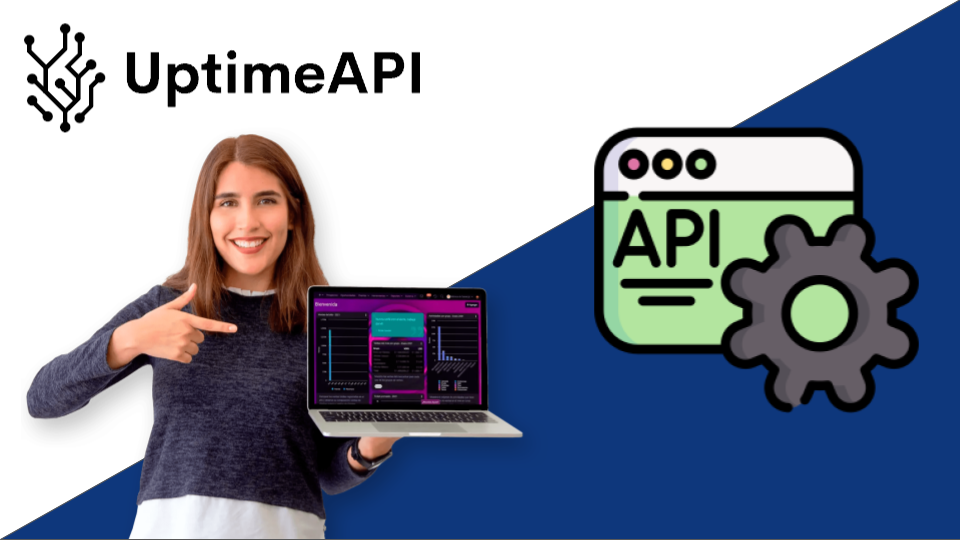Real Time API Monitoring: Ensuring Instant Performance Insights

In today’s fast-paced digital landscape, maintaining the performance and reliability of your APIs is critical. Developers and businesses alike need a tool that provides real-time monitoring with instant insights to ensure their applications run smoothly. Enter Uptime API—a robust solution designed to deliver precisely that. In this post, we'll delve into what Uptime API is, how it facilitates real-time API monitoring, and why it’s essential for developers seeking to optimize their applications' performance.
Introduction to Uptime API
Uptime API is a powerful tool designed for real-time API monitoring and performance management. It provides developers with immediate feedback on the status and health of their APIs, allowing them to address issues before they impact users. By integrating Uptime API into your development workflow, you gain access to a suite of features aimed at ensuring your APIs operate seamlessly and efficiently.
Real-Time API Monitoring with Uptime API
One of the standout features of Uptime API is its real-time monitoring capabilities. This means that as soon as there’s a problem with your API—whether it’s downtime, latency, or unexpected errors—you’re immediately notified. This instant feedback loop is crucial for maintaining optimal performance and delivering a reliable user experience.
Here’s a step-by-step guide on how to leverage Uptime API for real-time API monitoring:
- Integration: Start by integrating Uptime API with your existing infrastructure. The setup is straightforward, involving the addition of Uptime API’s endpoints into your monitoring framework.
- Configuration: Customize your monitoring settings according to your needs. Define what metrics are important—such as response times, uptime percentages, and error rates—and set thresholds that will trigger alerts.
- Monitoring: Once configured, Uptime API continuously checks the health of your APIs. It performs regular checks and tests to ensure everything is running as expected.
- Alerts and Insights: In case of any performance issues or downtime, Uptime API sends instant alerts to your team. These notifications include detailed reports on the issue, allowing you to quickly diagnose and resolve problems.
- Performance Optimization: Utilize the data and insights provided by Uptime API to analyze performance trends over time. This analysis helps in fine-tuning your APIs, addressing recurring issues, and making informed decisions about infrastructure improvements.
Key Benefits of Using Uptime API
Uptime API’s real-time monitoring ensures that you receive immediate feedback on your APIs’ performance. This instant insight is crucial for maintaining high standards of reliability and user satisfaction. With Uptime API, you don’t have to wait for users to report problems. The tool's instant alerts allow your team to proactively address issues before they escalate, minimizing downtime and disruptions.
By ensuring your APIs are consistently performing well, Uptime API helps you deliver a smooth and reliable user experience. This is essential for maintaining trust and satisfaction among your users. Uptime API provides detailed analytics and performance reports. These insights help you understand usage patterns, identify bottlenecks, and optimize your APIs for better performance.
Watch this video!
Conclusion
In the realm of real-time API monitoring, Uptime API stands out as an invaluable tool for developers seeking to ensure their applications' optimal performance. By offering instant performance insights, proactive issue resolution, and comprehensive analytics, Uptime API empowers you to maintain high levels of reliability and efficiency in your API infrastructure.
